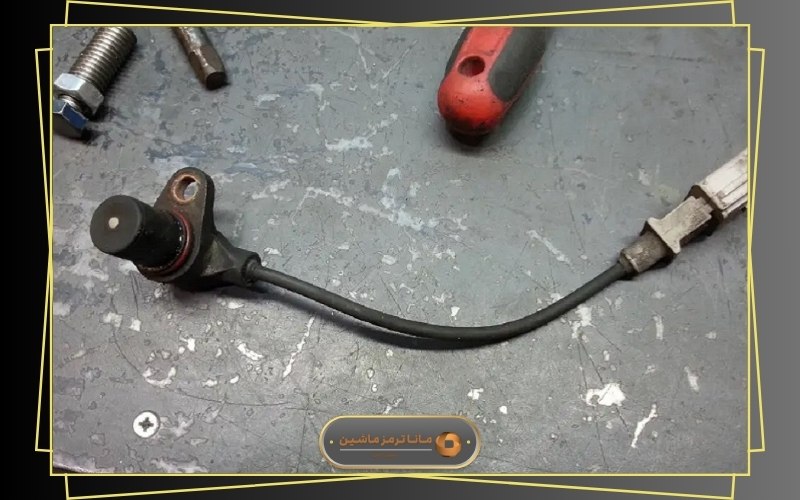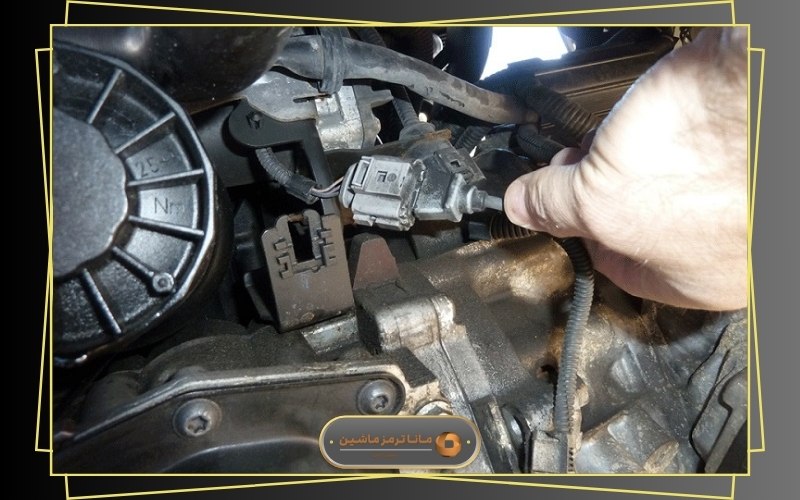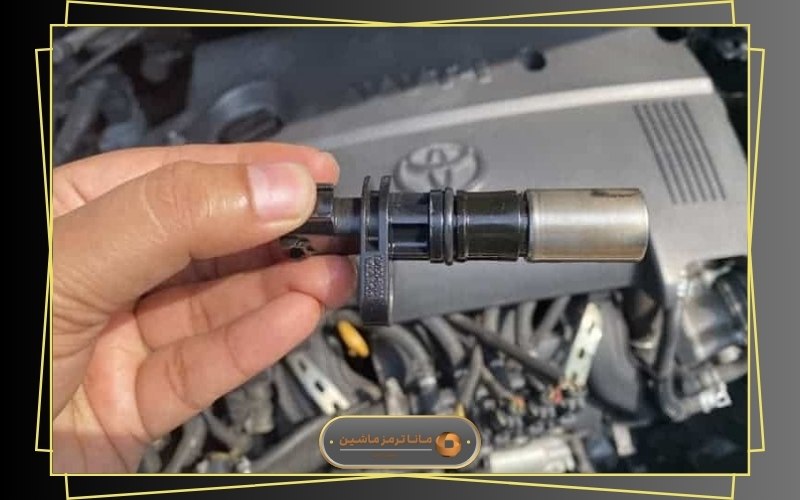The main function of the RPM sensor is to measure the rotational speed of the car’s engine under various conditions and send this information to the ECU (Electronic Control Unit). The proper operation of this sensor, alongside other vehicle sensors, greatly affects engine performance, combustion quality, fuel consumption, and similar factors. The RPM sensor is a magnetic component that, like many other similar parts in the vehicle, has a limited lifespan. But the main question is: how can one detect if this sensor is failing? In the following, we will review the key signs of RPM sensor failure.
Signs of RPM Sensor Failure in Vehicles
In this article we read
ToggleIf the RPM sensor has not yet reached the end of its lifespan, two main factors can cause its failure: exposure to excessive heat and physical damage from impacts such as accidents or other incidents.
Overall, some of the most important signs of RPM sensor failure in vehicles like Pride, Tiba, Quick, and other passenger cars include:
- Failure to start the engine when turning the key
- Engine shutting off immediately after starting
- Mismatch between engine RPM and vehicle speed
- Problems in gear shifting
- Increased fuel consumption
- Check engine light turning on
- Fuel pump cutting off during start
- Tachometer needle not moving on the dashboard
One clear sign of a failing RPM sensor is the vehicle not starting when the ignition is turned or shutting off quickly after starting. In these situations, checking the tachometer needle is important; if it does not move, a sensor failure is likely. However, in newer vehicles, a camshaft sensor is also installed to assist the RPM sensor. In such vehicles, even if the RPM sensor fails, the car might start after several attempts.
Lifespan of the RPM Sensor
If during driving you notice that the RPM displayed on the dashboard does not match the actual speed of the vehicle, this may indicate a faulty RPM sensor. In this case, incorrect signal transmission to the ECU can disrupt ignition timing, leading to engine performance issues.
Signs of a Dirty RPM Sensor
The symptoms of RPM sensor failure have been reviewed for vehicles like Peugeot 206 Type 2 and others. Before attempting repairs, it is important to ensure the sensor is clean. Sometimes dirt and dust can prevent the proper functioning of this component. The tip of the RPM sensor, which has magnetic properties, can attract iron particles over time, causing performance issues.
Some signs of a dirty RPM sensor include:
- Irregular RPM fluctuations
- Reduced vehicle acceleration
- Difficulty starting the vehicle
This problem is usually resolved by cleaning the sensor. The location of the RPM sensor varies between vehicles but is typically found near the clutch housing and opposite the flywheel teeth. In some cars, the sensor may be installed on the timing belt or timing chain cover.
Signs of RPM Sensor Failure
To remove the sensor from its place, you need a 10mm wrench to loosen the bolts. Then, press the sensor’s socket clip and completely disconnect it. The sensor socket is usually located right behind the air manifold. You can clean the sensor using a clean, damp cloth. If after this cleaning the signs of RPM sensor failure still persist in cars like Tiba and others, a diagnostic test should be performed.
Methods for Testing RPM Sensor Faults
If cleaning the sensor does not solve the problem, there are two ways to test its function:
Method 1: Measuring Electrical Resistance
For this, you need a multimeter. The RPM sensor with a black socket should show a resistance of 900 to 1000 ohms under normal conditions. For a sensor with a brown socket, the resistance should be between 400 to 500 ohms. To measure, disconnect the sensor and set the multimeter to the ohm mode. Connect the two probes of the device to the sensor terminals. If the resistance value matches the specified range, the sensor is healthy.
Method 2: Testing the RPM Sensor Voltage
In this method, the sensor should be installed in its place and the engine should be running. The RPM sensor produces an AC voltage. Set the multimeter to AC voltage mode and connect the two probes to the sensor terminals. At idle, the voltage should be at least 12 volts AC. When you press the accelerator, the voltage should increase accordingly.
Useful life of the RPM sensor
The RPM sensor is usually of the inductive or magnetic type, which means its useful life is longer compared to many other sensors. Experience shows that a quality RPM sensor can operate in ordinary vehicles between 100,000 to 150,000 kilometers without issues.
Methods to fix RPM sensor errors
One of the common signs of RPM sensor failure in cars like Quick and other models is the illumination of the check engine light. In this situation, to diagnose and fix the error related to the RPM sensor, you can use a diagnostic device along with other methods mentioned in this article. After analyzing the error code from the diagnostic device, if you conclude that the RPM sensor is damaged, it is time to replace it.
Cost of replacing the RPM sensor
In winter 2024, the cost of an RPM sensor varies between 300,000 to 700,000 Iranian Tomans depending on the type of vehicle. In addition, the cost of diagnosis and, if necessary, replacement of the RPM sensor is approximately 500,000 Tomans.
In conclusion
In this article, we reviewed the signs of RPM sensor failure in various vehicles. This part has a direct impact on vehicle performance, so its malfunction should not be ignored. Before deciding to replace the sensor, make sure of the actual failure by using the tests explained in this article, as many symptoms of RPM sensor failure may resemble problems with other vehicle components.



